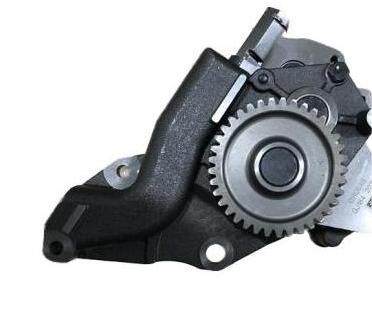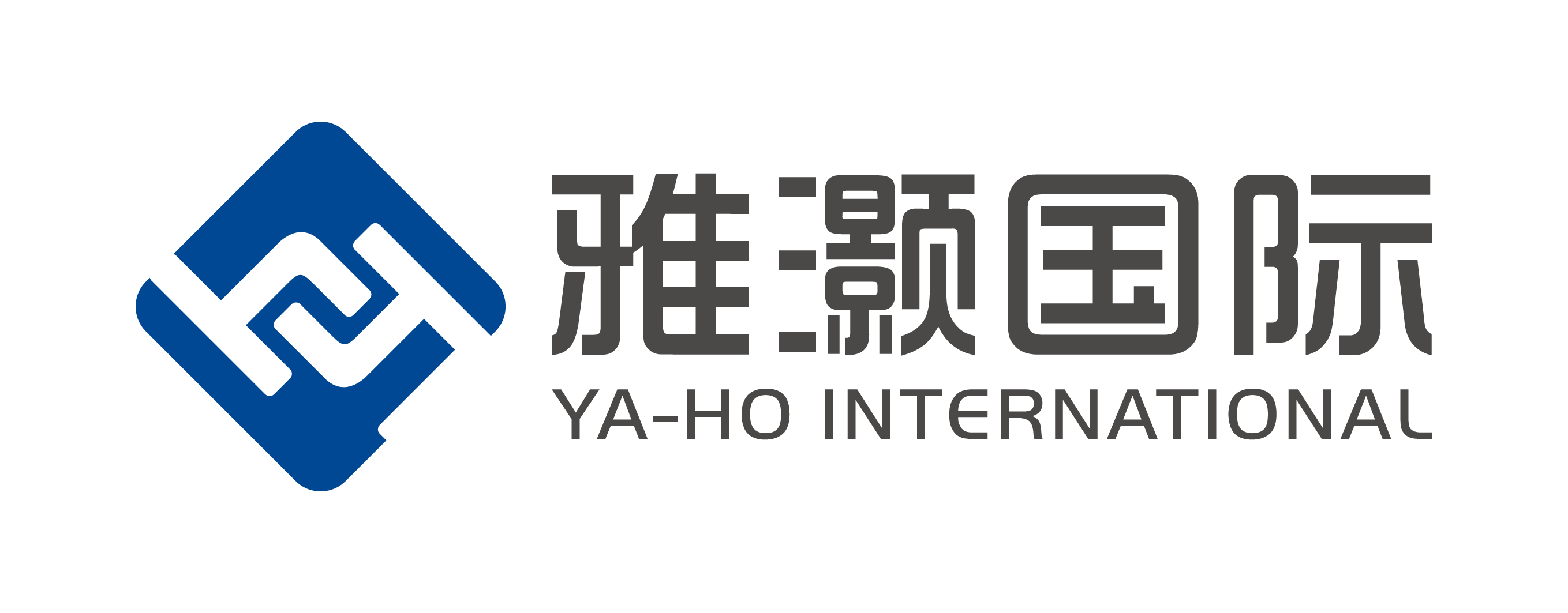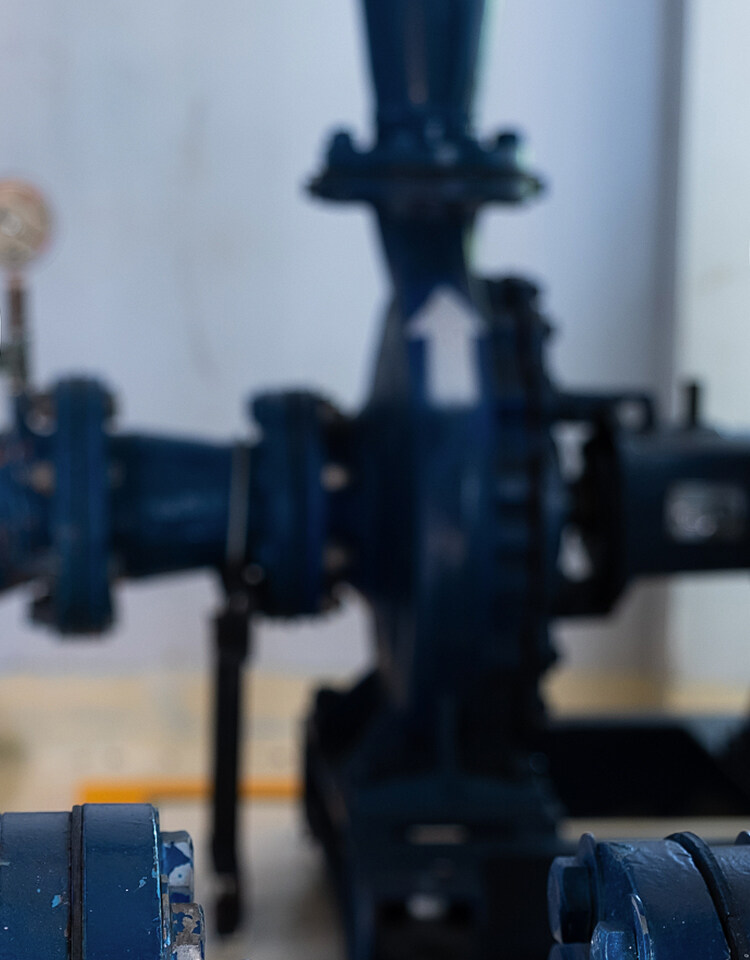Email format error
Email cannot be empty
Email already exists
6-20 characters(letters plus numbers only)
The password is inconsistent
Email format error
Email cannot be empty
Email does not exist
6-20 characters(letters plus numbers only)
The password is inconsistent

News

Unveiling the Wonders of Vertical End Suction Pumps: Insights from a Design Factory
In the bustling world of industrial machinery, the vertical end suction pump stands out as a marvel of engineering. These pumps are essential for moving fluids in a variety of applications, from water supply systems to HVAC installations. In this blog post, we’ll explore the fascinating world of vertical end suction pumps, delve into their design, and uncover the role of a vertical end suction pump design factory in creating these incredible machines.
What is a Vertical End Suction Pump?
A vertical end suction pump is a type of centrifugal pump where the fluid enters the pump vertically and exits horizontally. This design is particularly efficient for applications requiring a compact pump that delivers high performance with minimal space. The pump's vertical orientation makes it ideal for installations where floor space is limited, and its end suction configuration ensures smooth fluid flow with reduced turbulence.
These pumps are commonly used in various industries, including water treatment, agriculture, and manufacturing, thanks to their reliability and versatility. Their ability to handle large volumes of fluid efficiently makes them a preferred choice in many critical applications.
The Design Behind the Pump
The design of a vertical end suction pump is a blend of science and art. At the heart of this design is the impeller, a rotating component that imparts kinetic energy to the fluid. The impeller’s shape and size are meticulously engineered to ensure optimal performance. Surrounding the impeller is the pump casing, which channels the fluid into and out of the pump.
One of the key features of a vertical end suction pump is its vertical shaft. This shaft is connected to the impeller and extends vertically through the pump casing. This design reduces the pump’s footprint, making it an ideal choice for installations with limited space. The end suction configuration ensures that the fluid enters the pump from the end, while the discharge occurs horizontally, facilitating efficient fluid transfer.
The materials used in the construction of these pumps are also crucial. High-quality materials such as stainless steel and cast iron are commonly used to ensure durability and resistance to corrosion. The choice of materials affects not only the pump's performance but also its longevity and maintenance needs.
The Role of a Design Factory
A vertical end suction pump design factory plays a pivotal role in bringing these sophisticated machines to life. The factory is where innovative designs are translated into tangible products. Let’s take a closer look at how these factories operate and what makes them essential in the pump manufacturing process.
1. Research and Development: The journey of a vertical end suction pump begins with research and development (R&D). Engineers and designers at the factory work on developing new designs and improving existing ones. They use advanced software and simulation tools to model the pump's performance under various conditions. This phase involves rigorous testing and analysis to ensure that the pump meets industry standards and performs efficiently.
2. Precision Engineering: Once the design is finalized, the next step is precision engineering. The factory employs advanced machining equipment to manufacture the various components of the pump, including the impeller, casing, and shaft. Precision is key here, as even the smallest deviation can affect the pump’s performance. The factory ensures that each component is manufactured to exact specifications, resulting in a pump that operates smoothly and reliably.
3. Assembly and Testing: After the components are manufactured, they are assembled into the final pump unit. This process involves careful alignment and fitting of the parts to ensure that the pump functions correctly. Once assembled, the pump undergoes a series of tests to verify its performance. These tests include checking the pump’s flow rate, pressure, and efficiency. The factory ensures that each pump meets the required standards before it is shipped out.
4. Customization: Many applications require customized pumps to meet specific requirements. A vertical end suction pump design factory often offers customization options, allowing customers to tailor the pump to their needs. This may involve adjusting the pump’s size, materials, or performance characteristics. The factory’s ability to provide customized solutions adds significant value to their offerings.
5. Quality Control: Quality control is a critical aspect of the manufacturing process. The factory implements strict quality control measures to ensure that each pump meets high standards of performance and durability. This involves inspecting the materials, components, and finished products to identify and address any potential issues. Quality control helps to ensure that customers receive reliable and high-performing pumps.
Applications of Vertical End Suction Pumps
Vertical end suction pumps find applications in a wide range of industries. Here are some examples of where these pumps are used:
1. Water Supply Systems: In municipal and industrial water supply systems, vertical end suction pumps are used to move large volumes of water efficiently. Their compact design makes them suitable for installations in confined spaces, such as water treatment plants and pumping stations.
2. HVAC Systems: Heating, ventilation, and air conditioning (HVAC) systems rely on vertical end suction pumps to circulate water or coolant through the system. These pumps help maintain the desired temperature and ensure the efficient operation of the HVAC system.
3. Agriculture: In agriculture, these pumps are used for irrigation systems to provide a steady supply of water to crops. Their ability to handle large volumes of water makes them ideal for agricultural applications.
4. Manufacturing: Manufacturing facilities often use vertical end suction pumps to move various fluids, including chemicals and process water. Their reliability and efficiency make them a valuable asset in industrial processes.
The Future of Vertical End Suction Pumps
The world of vertical end suction pumps is constantly evolving, with ongoing advancements in technology and design. Manufacturers are continually exploring ways to improve pump performance, efficiency, and sustainability. Innovations such as smart pump systems and energy-efficient designs are shaping the future of pump technology.
As industries strive for greater efficiency and environmental sustainability, the role of vertical end suction pumps will continue to be vital. The design factory will play a crucial role in developing and producing pumps that meet the evolving needs of various applications.
Conclusion
Vertical end suction pumps are a testament to the ingenuity of modern engineering. Their efficient design and versatility make them indispensable in a wide range of applications. The work of a vertical end suction pump design factory is central to the creation of these remarkable machines. From research and development to precision engineering and quality control, these factories ensure that pumps are designed and manufactured to the highest standards.
As technology continues to advance, the future of vertical end suction pumps promises even greater innovations. Whether in water supply systems, HVAC installations, agriculture, or manufacturing, these pumps will remain a cornerstone of fluid transfer technology. So, the next time you encounter a vertical end suction pump, remember the intricate design and the dedicated efforts of the factory that brought it to life.

